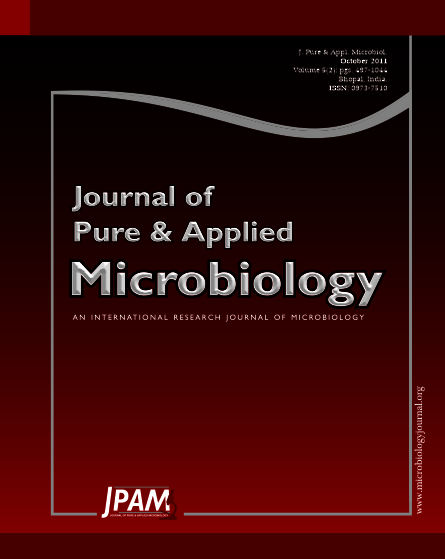Bioleaching is an economic and effective procedure in which, metals like cupper can be extracted in low-grade mineral ores by proper bacteria. Acidophilic and chemolithotrophic bacteria in mines can extract metals in sulphide minerals by bioleaching process and convert metal sulphides to soluble metal sulphates. Since in these mines toxic metals are present, in the process of solution making of mineral sulphides, toxic metals in the form of soluble sulphates leak to natural waters and pollute the water. The present microorganisms in the mines specially in the species of Acidithiobacillus are toxic metal toxicity resistant and reduce the toxicity of these minerals in nature. In this research, the resistance of bacteria that involved in bioleaching process was determined in three concentrations of toxic ions of Ag1+ and Hg2+. The concentration Fe3+ was measured by UV-VIS Spectrophotometric method and Cu2+ concentration was determined by Neocuprion reagent. In order to identify the local species, bacterial DNA was extracted and 16s rDNA regions genes amplified by PCR. The alignment result showed a great amount of similarity between the new bacteria and Acidithiobacillus ferrooxidans.
Bioleaching- Acidithiobacillus– Toxic metals- Chemolithotrophic
© The Author(s) 2011. Open Access. This article is distributed under the terms of the Creative Commons Attribution 4.0 International License which permits unrestricted use, sharing, distribution, and reproduction in any medium, provided you give appropriate credit to the original author(s) and the source, provide a link to the Creative Commons license, and indicate if changes were made.


